Have you ever wondered how to properly run a website speed test using GTMetrix? The most critical factor in ranking on Google is the website speed because you may start to observe a decline in the organic rankings if your site is loading in more than 20 seconds. This is why many of the site owners are trying to look for different ways to optimize the site speed.
Site speed may not be as easy as it looks, as there are many ways of optimizing a website and testing the results with website speed test tools. Various tools like website speed test Pingdom are a few clicks away for a website speed test. Still, most people who would like to optimize their website are not entirely aware of the technicality behind these tests.
If the website is tested incorrectly, this can make the website appear much slower when it is actually faster. Therefore, it is crucial for a user to understand how to properly run a website speed test online to gauge the improvements of your site correctly.
What is the importance of website speed for SEO?
A fast website speed is always good for SEO and the user experience. If a website is taking a much longer time to load, it can risk losing the attention that has been commanded to convince the users to use the website. Bounce rate increases with a long page load time, which is the rate at which the users tend to exit the site before they click through any other page of the same website.
Pagespeedy.io is among the best all-purpose website performance plugins. It offers integrations with all the biggest platforms, and therefore, with a faster website, you can increase your revenue. Pagespeedy also provides you expert customer support, and you don’t require any technical skills to improve the speed of your website.
Google always considers page speed analysis among its ranking factors. If your site is faster, there are chances that you will be having on your highly coveted first page. User experience is undoubtedly an essential ranking factor because fewer bounces can lead to more favorable search engine impressions.
When the page speed is analyzed with the help of the website speed test tools, and then it is increased, it can impact the conversion rate. It is a known fact that a mere one-second faster load time can drive 27% more conversions.

How is a website speed test done?
In order to get started with a website speed test, you need to make sure that you have Caching and Content Delivery Network (CDN) running on your site. Sometimes, there is traffic on the internet that may slow you down, while other times, you can run through it quickly.
There are numerous factors responsible for affecting the quality and accuracy of your website speed test online. Therefore, these tests should be run in a thorough manner with the help of the website speed testing tools before you begin to analyze your data.
- Choose the location of your test
When you are running a website speed test, you need to select the location that is nearest to your site server. This is because your website speed test tools offer multiple locations from where they are able to test the site. It is worth noting that your site location and the test can impact the results to a great extent.
If your website takes around two seconds to load and your server is in New York, USA, then it may take nearly five seconds to load from any other location, say Australia. This all happens because of the server latency. When you keep the exact location, you can manage the factors constantly, and therefore, you can get consistent website test speed results.
- Run multiple tests
When you are optimizing and testing your website in order to get the best speed, then you have to make sure to run the tests many times so that you can build up a cache. When one runs the test for the first time with a website speed test online after configuring your site, then there are chances that the content isn’t cached on your web host, and the site will already appear relatively slow.
The test result values will also be varying most of the time because the tools might have some noise between the measurements. One should never be hung up on these metrics and only investigate if the website is taking more than 20 seconds of time to load. It will probably be fine if the difference is of just a few milliseconds.
With the help of the website speed test tools, you can run the test in a number of browsers on both your desktop and mobile devices to check if the website’s speed is constant across each of the platforms.
- Configure your site in a proper way
The most common of the issues faced by the majority of the slow sites are hosting, images, plugins or themes, JavaScript rendering, redirects, and large files. You have to make sure that the website caching is turned on before you start running the website speed test with the help of the website speed test tools.
This will surely be helpful for you to test website caching and how effective it can be to improve your site’s performance. You have to keep in mind that some of the caching solutions store the cache when the user requests the page. Therefore, the cache may take some time to build and can get expired by the time you are able to run the tests.
Many experts recommend Pagespeedy.io to be the best plugin as it is helpful for you to set up the cache with just a few clicks and without going into details regarding any of the technical stuff. The best thing about Pagespeedy is that your website’s cache is built in a proactive manner that is helpful to improve the performance of your website.
- Test the internal pages also
The site owners tend to forget to run the website speed test of the internal pages of the site most of the time, including the homepage, product pages, blog posts, etc. The speed of the website varies between the pages because every page contains a different set of resources like HTML/CSS, images, and JS.
Therefore, it is necessary to always run a website speed test on a few of your website’s internal pages. As far as the website speed test tools are concerned, some offer website speed test for free while others are paid versions. You have to makes sure that the pages are always consistent and have an acceptable page speed.
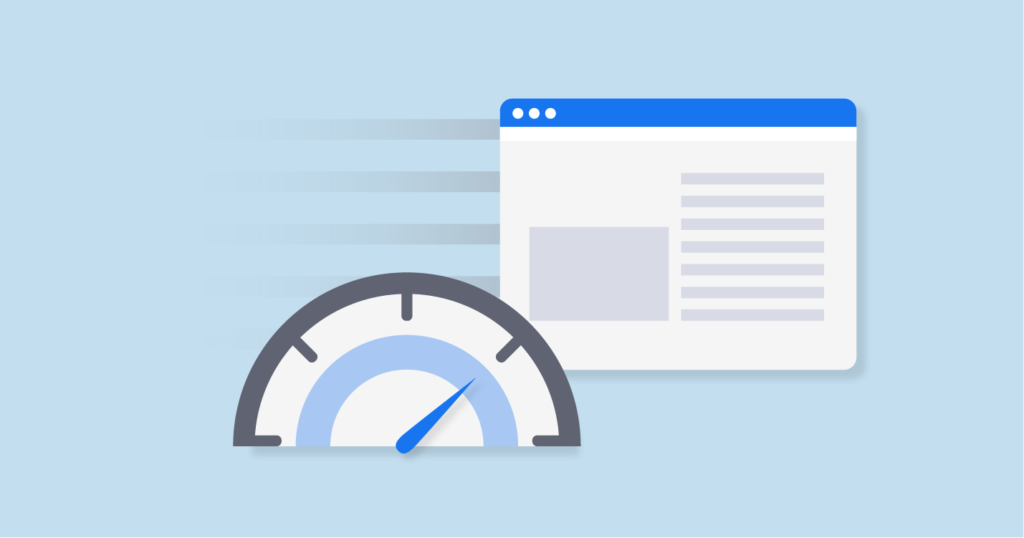
Understanding the results of your website speed test
The time it takes to load your website is considered the most critical parameter that you should be looking into. This is a significant parameter as it affects the users the most, and if your website is taking a little longer time to load, then there are chances that your users or customers may have a wrong impression of your brand and think of your website to be of low quality.
You need to look at the drill-down reports if your website is taking longer than two seconds to load and find out the resources that are taking a long time to load. Typically, these are the scripts loading from the third-party websites, stylesheets, images, video embeds, and much more. As a user, you should be making sure that the images are served from your CDN service or the cache.
The second most important parameter that needs to be tested is the TTFB or Time to the first byte. If your web server is showing a slow time to the first byte continuously, then it is time for you to talk to your web hosting company.
Best tools for running a website speed test online
There are various website speed test tools available, and all of these tools have different ways of testing your website speed. Many tools offer website speed test free. It is not necessary to try your website with just one tool. In fact, you can use various tools and run a number of tests in order to be thorough.
However, it is always recommended for the users to use the tools to improve the website’s performance. It can be challenging and quite impossible in some cases to achieve a perfect grade or score for real-world functioning websites. The following are the best tools for running a website speed test.
- Pingdom
It is a website speed test free tool that also offers its customers’ performance monitoring and uptime of a site. While running the website speed test Pingdom, you have the option to select the location from the USA, Germany, Japan, UK, Australia, and Brazil.
When you complete the website speed test using Pingdom, it can display four primary metrics: the performance grade between A and F, which is based on the PageSpeed results on Google. Then there is the portal page size in KB or MB. Load time in seconds is the third metric, whereas the number of requests is the last metric. If you would like to share the report, it can be done by sharing the speed test URL.
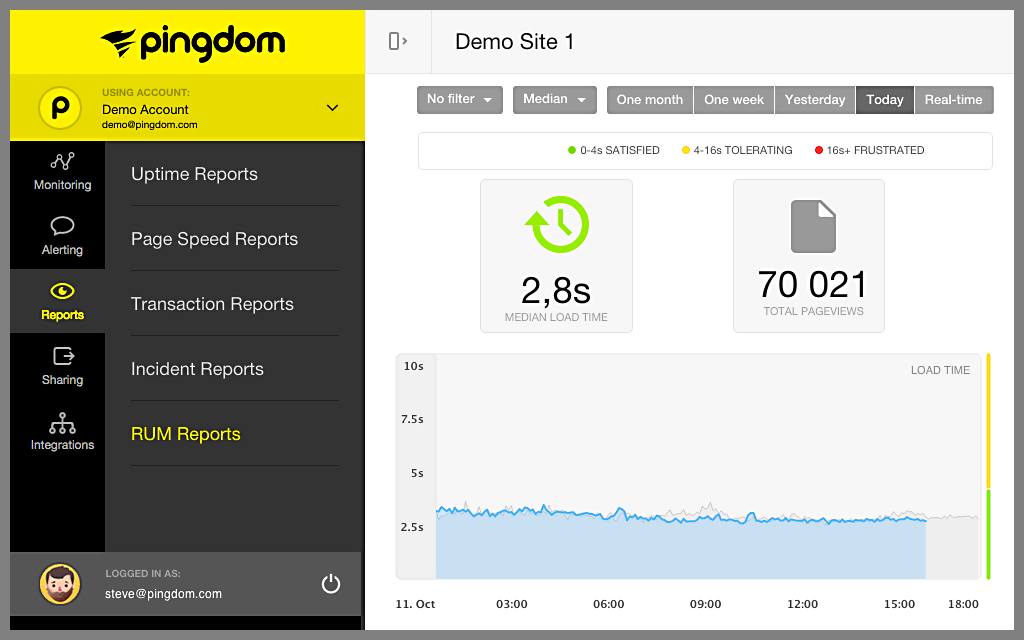
- Google PageSpeed Insights
This is a tool by Google that is wholly based on Lighthouse, an open-source tool made to improve the quality of the web page. Its score ranges between 0 to 100, and for a straightforward interpretation, the scores are color-coded.
It is worth noting for the users that with the help of PageSpeed Insights, one will be able to get a list of metrics that have been divided into Lab Data, Field Data, Diagnostics, Opportunities, and Passed Audits. PageSpeed Insights are very good for getting quick checks.
From the user’s perspective, the actual speed of the page is far more critical than the number that you can get from different speed audit tools. The results achieved from these tools vary. Therefore, you have to optimize your website to give the best possible experience to the users.
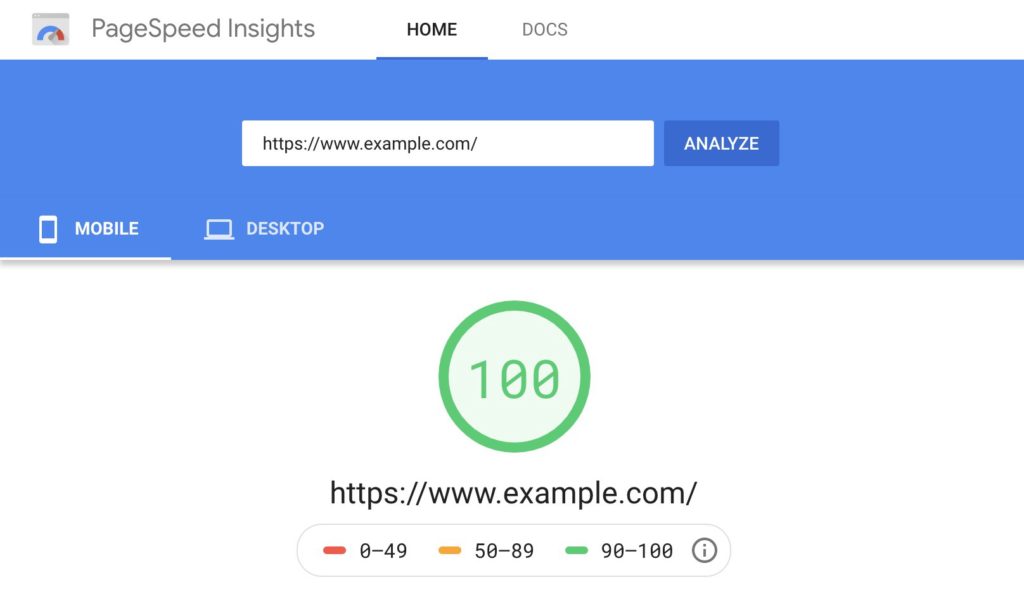
- GTmetrix
GTmetrix is considered to be the best among the website speed test tools because it uses PageSpeed and YSlow rules to assess any website. GTmetrix runs all of its tests from Vancouver, BC, Canada by default. You will be required to sign up so that you can be able to get the seven global test regions which include the USA, UK, Canada, China, India, Brazil, and Australia.
There is a waterfall chart shown by GTmetrix that offers a request-by-request visualization of each test. You may also have the option to run a video playback that records the real-time page loading process to pinpoint in an exact manner where the bottlenecks basically occur.
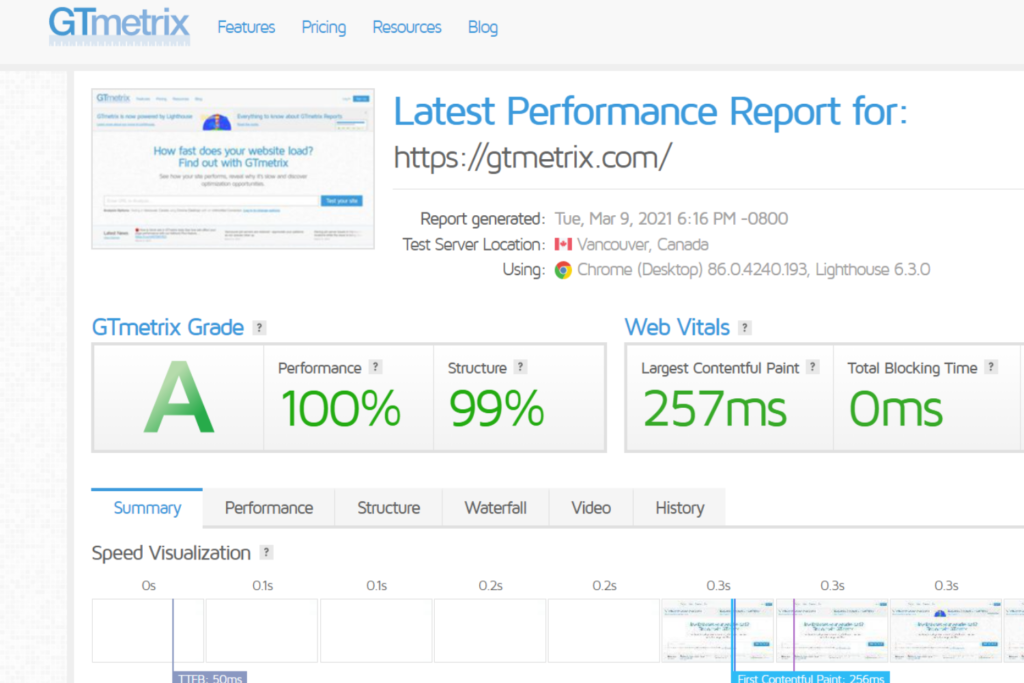
- WebPageTest
This tool offers website speed test free and runs from 25 locations by using multiple browsers. WebPageTest can analyze the websites that are based on the performance metrics like CDN, caching, TTFB and compression.
WebPageTest also allows you to implement the tests with the help of advanced functions, which include content blocking, video capture, disable JS, ignore the SSL certificates, custom headers, and many more.

- Load Impact
As compared to the other website speed test tools, Load Impact is considered to be slightly different. This speed test tool helps you to see how your website tends to slow down when extra visitors arrive at the same time.
Load Impact is a paid service that offers a limited free test, and it helps you to send around 25 virtual users within 3 minutes. You can test much larger traffic loads with the help of the paid version. With this, you can test the speed of your website, and you also get the advantage of testing how the increased traffic can affect your website.
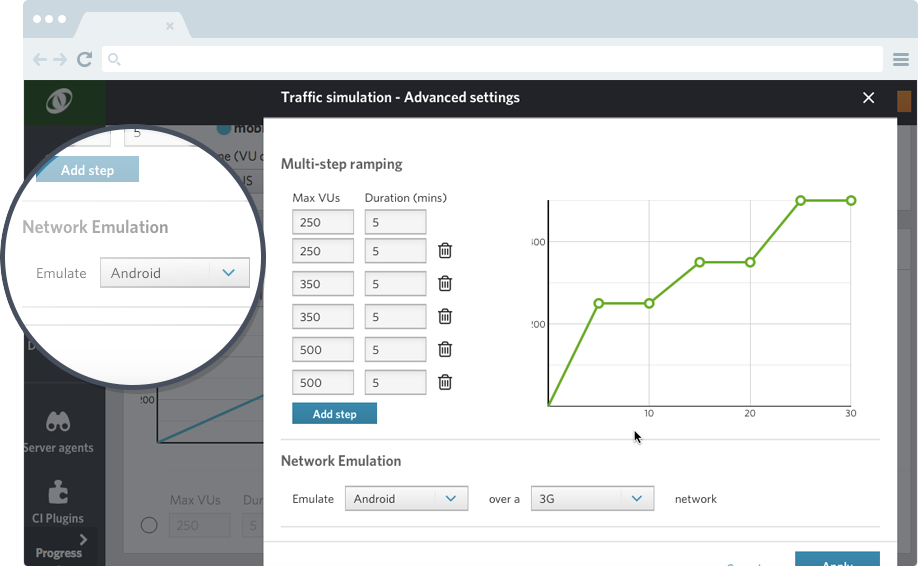
- UpTrends
When you are to look at the design department of UpTrends, you may not be finding the UpTrends website to be slumping. If you would like to have a speed testing tool that looks great when you send it to the client or take a screenshot, then UpTrends can be a good option for you.
This webpage testing tool offers you a beautiful and in-depth waterfall graph that provides you with more information. There is also a significant amount of domain data generated by it, and this helps you see the other domains that your website may be referencing. UpTrends offers a few dozen worldwide locations for testing, and it is also relatively easy to use.
The UpTrends users find it a perfect and adequately designed website speed testing tool. Although it may not offer you many features that may not be present anywhere else, it can indeed be an excellent client-facing option.

Conclusion
The speed of your website can play a huge role when it is about driving the users and conversions on your website. In order to run a website speed test properly, you need to optimize your site and then run the website test free or paid from the same location for the best results. Google is all about offering you a good experience. The users never wait for more than a few seconds; therefore, to keep the users happy, you have to make sure that your site is running as quickly as possible with plugins like Pagespeedy.io.
Before you go, don’t forget to check out more blog posts given below:
Also Read: Wix Vs WordPress | Which One Is Worth It?